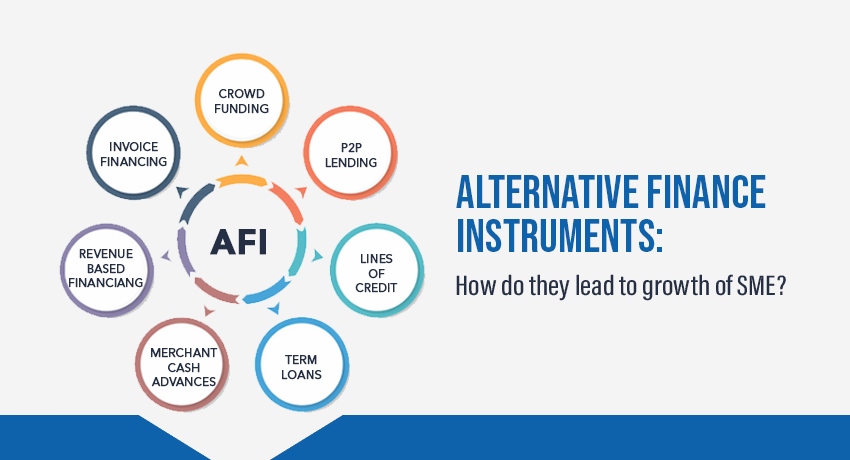Alternate financing describes a category of financing products that includes venture capital, invoice finance, cash flow loans, and debts. In India, such solutions are now primarily favoured by SMEs and startups. This pattern is a component of the broader drive towards financial inclusion, which aims to increase access to formal banking institutions for more individuals. According to the World Bank, financial inclusion is ensuring that companies have access to practical, reasonably priced financial solutions that satisfy their needs in an ethical and sustainable manner.India accounts for around 81.3% of the South Asian market.
By 2030, digital lending in India is estimated to reach $1.3 trillion. Artificial intelligence is used by digital lenders to analyze creditworthiness, allowing these fintech firms to reach underserved populations. National digitization activities also contribute to the expansion of alternative financing.
The Rise of Alternative Financing
Start-ups and SMEs must adapt to the increased requirement for remote working as a result of the pandemic. Due to the requirement for scaling, SMEs sought alternative funding sources. With the advancement of technology and the advent of artificial intelligence, organizations continually require financial resources to compete in today’s market. This growth in innovation has always resulted in a diversity of finance strategies to assist SMEs. Alternative financing solutions for small enterprises include peer-to-peer lending, cash flow, crowdsourcing, and invoice financing.

Alternative Financing Drives SME Growth
SMEs that have been denied funding from traditional loan providers such as banks and financial markets look to alternative financing sources to obtain the capital they want. In developing nations such as India, it is estimated that over 83% of SMEs lack appropriate finance. The growth of the fintech industry has prompted SMEs to invest in fintech services and seek other forms of financing. The emergence of fintech and alternative finance models has resulted in a faster loan approval procedure, the acceptance of smaller loans, and a reduction in the cost of capital and transactions for SMEs.
Fintech has played a significant role in increasing the number of investors due to its diverse financing structures and growing array of investment methods. Peer-to-peer lending has gained popularity, aided by fintech websites. Interested investors can use P2P platforms to connect with borrowers looking for loans, eliminating the need for a financial institution.
Competition from the peer-to-peer sector will also motivate banks to use fintech services to provide financial support to SMEs. As of March 2022, the lending market in India rose by 11.1% This expansion is due to the lending sector’s shift towards alternative finance, which is aided by data-driven lending.
As a result, SMEs and small firms are no longer restricted to the traditional bank loaning structure due to the availability of alternative financing options. In this modern age of growing fintech services and AI models, the funding system has been positively impacted as it has attracted a large number of new investors who would not have been players in the market if not for the variety of different investments and return on investment options.
